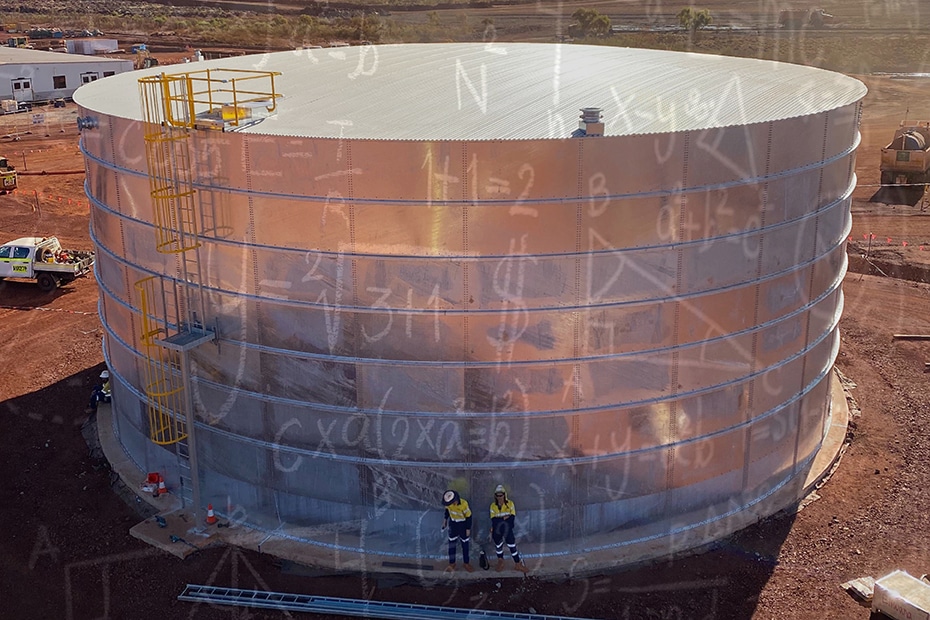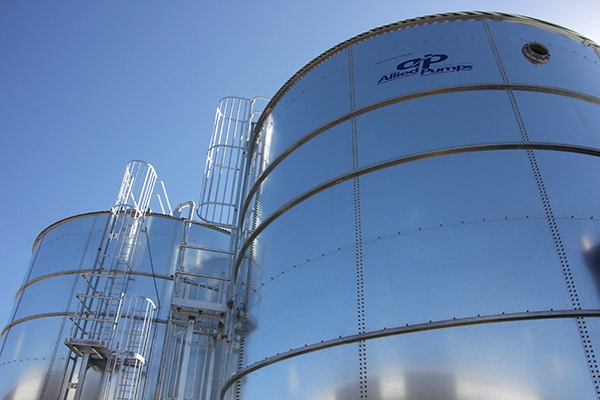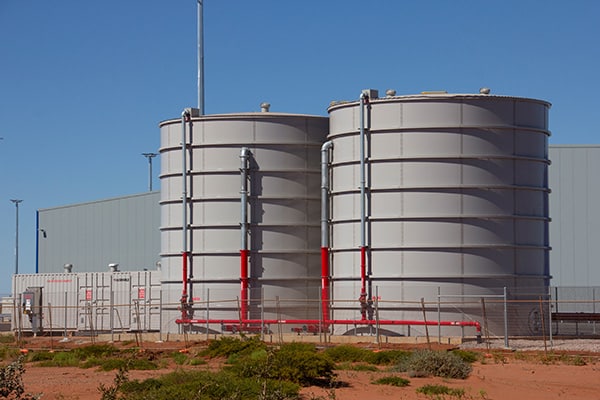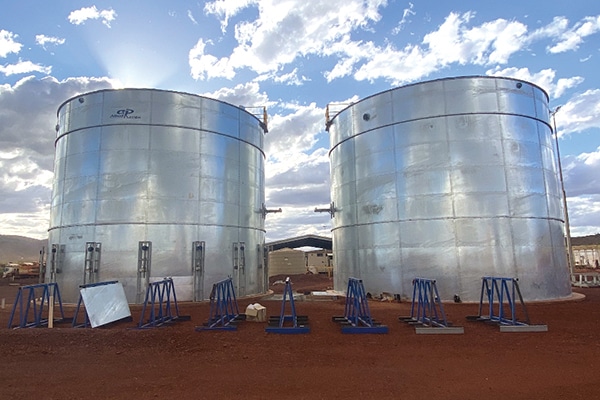
If you are asking yourself “what size water tank do I need?” then you have come to the right place. In this blog, we’ll explore the key factors influencing tank sizing, what tank capacities are available, and we’ll share an easy formula for calculating your tank size.
Choosing an appropriately sized tank impacts multiple aspects of a site’s functionality, including operational efficiency, water availability, and costs. Additionally, tanks must comply with strict standards to ensure safety, reliability, and meet industry requirements.
Proper sizing helps avoid the time and cost involved in frequent refilling and reduces the risk of downtime due to water shortages. It also ensures that water resources are used optimally.
For sites with varying demands, sizing calculations also take peak usage into account to accommodate times of high demand without interruption.
From a cost perspective, an appropriately sized tank minimises both initial investment and ongoing expenses. Larger tanks come with higher upfront costs for materials, installation, and potential maintenance, while smaller tanks may incur ongoing costs if frequent refills are necessary.
In Australia, industrial and mining sites are subject to strict regulations to ensure that storage tanks are safe, environmentally friendly, and meet industry requirements.
This is especially important when comes to building tanks in cyclonic region that are exposed to high winds, heavy rainfall, and other severe weather event. Storage tanks in these areas must meet specific requirements in terms of anchoring, wall reinforcements, and roof design.

Several key factors influence tank size, from site-specific water demands to physical constraints of the installation location. Here’s an in-depth look at the main factors that should be considered when sizing a mining or industrial water tank.

Storage capacities for industrial and mining applications can vary significantly, from compact tanks for small operations to massive tanks that serve as the primary water storage source for large-scale sites. Here’s a look at common capacity ranges and applications.
To calculate what water tank size you need, start by estimating daily water demand. Once you have the total daily demand, consider the frequency of refilling. The formula to estimate minimum tank size can be as simple as:
Tank Size (Litres) = Daily Demand (Litres) × Days Between Refilling
For example, if your site requires 20,000 litres of water per day and water is refilled every 7 days, you will need a minimum tank capacity of 140,000 litres. However, this minimum calculation assumes no additional capacity for emergency or peak usage. Therefore, it’s recommended to add a buffer. Speak with an expert to find out how much buffer your water storage tank requires.

Allied Pumps offers a comprehensive range of water storage tanks designed to meet Australia’s toughest environments, including cyclonic regions. Our tanks are engineered for durability, using materials like Galvanised Steel, Glass Lined Steel, Hot-Dip Galvanised Steel, and more.
With capacities ranging from 10,000 to over 2 million litres, Allied Pumps has the ideal solution for your site’s unique water storage needs. Explore our water storage tanks to find the perfect fit for your project, with expert support every step of the way. Follow the link to explore our range of water storage tanks.

Contact us to learn about how we can help you with your pump needs.
CALL US NOW EMAIL US